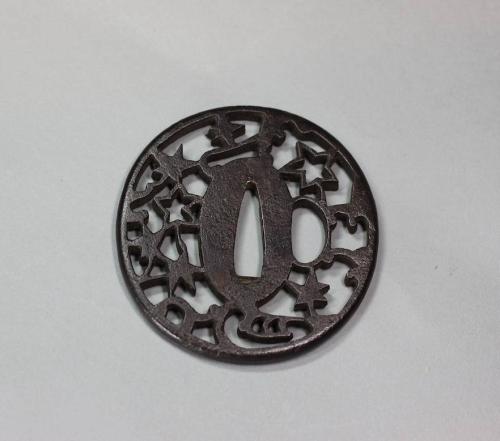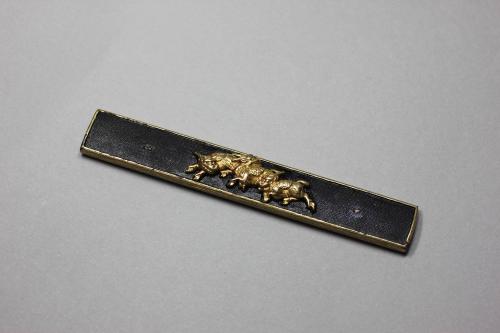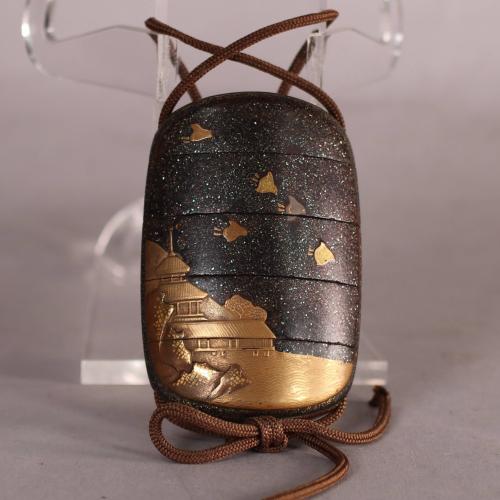
Price on application
This object is eligible for a Certificate of BADA Provenance
The BADA Standard
- Since 1918, BADA has been the leading association for the antiques and fine art trade
- Members are elected for their knowledge, integrity and quality of stock
- Our clients are protected by BADA’s code of conduct
- Our dealers’ membership is reviewed and renewed annually
- Bada.org is a non-profit site: clients deal directly with members and they pay no hidden fees
Javanese bronze figure of four-armed Ganesh, 13th/14th century, the deity seated upon a lotus flower base with his feet touching and arms radiating, with round belly and long trunk reaching into his lower left hand, holding a goad and parasu (battle axe) in his upper hands and his broken tusk in his lower right hand, a naga draped across his torso with its hooded head rising from his left shoulder, wearing a serene expression and tiered makuta headdress set with faces.
One of the best-known and popular Hindu deities in India, Ganesh was well established and revered as the remover of obstacles by the 4th century. Owing to his popularity among Indian merchants who travelled extensively across Asia, Hindu iconography and worship was transmitted overseas and incorporated into Southeast Asian cultures. The forms of Ganesh found at these overseas sites, including Java, often portray specific regional variations. He is shown here with some of his common attributes. The broken tusk refers to his earliest name Ekadanta (‘one-tusked’) and there are various myths referring to how he lost his tusk, including one in which he breaks it off himself to continue writing the Mahabharata after his quill broke. The ritual goad (bullhook) is one of the eight auspicious objects known collectively as Ashtamangala in Hinduism, and the parasu (battle axe) is a weapon strongly associated with Shiva, Ganesh’s father.
Provenance: With a letter to the vendor’s mother from the Ashmolean Museum (11th September 1983).
Stock number
W609The BADA Standard
- Since 1918, BADA has been the leading association for the antiques and fine art trade
- Members are elected for their knowledge, integrity and quality of stock
- Our clients are protected by BADA’s code of conduct
- Our dealers’ membership is reviewed and renewed annually
- Bada.org is a non-profit site: clients deal directly with members and they pay no hidden fees




